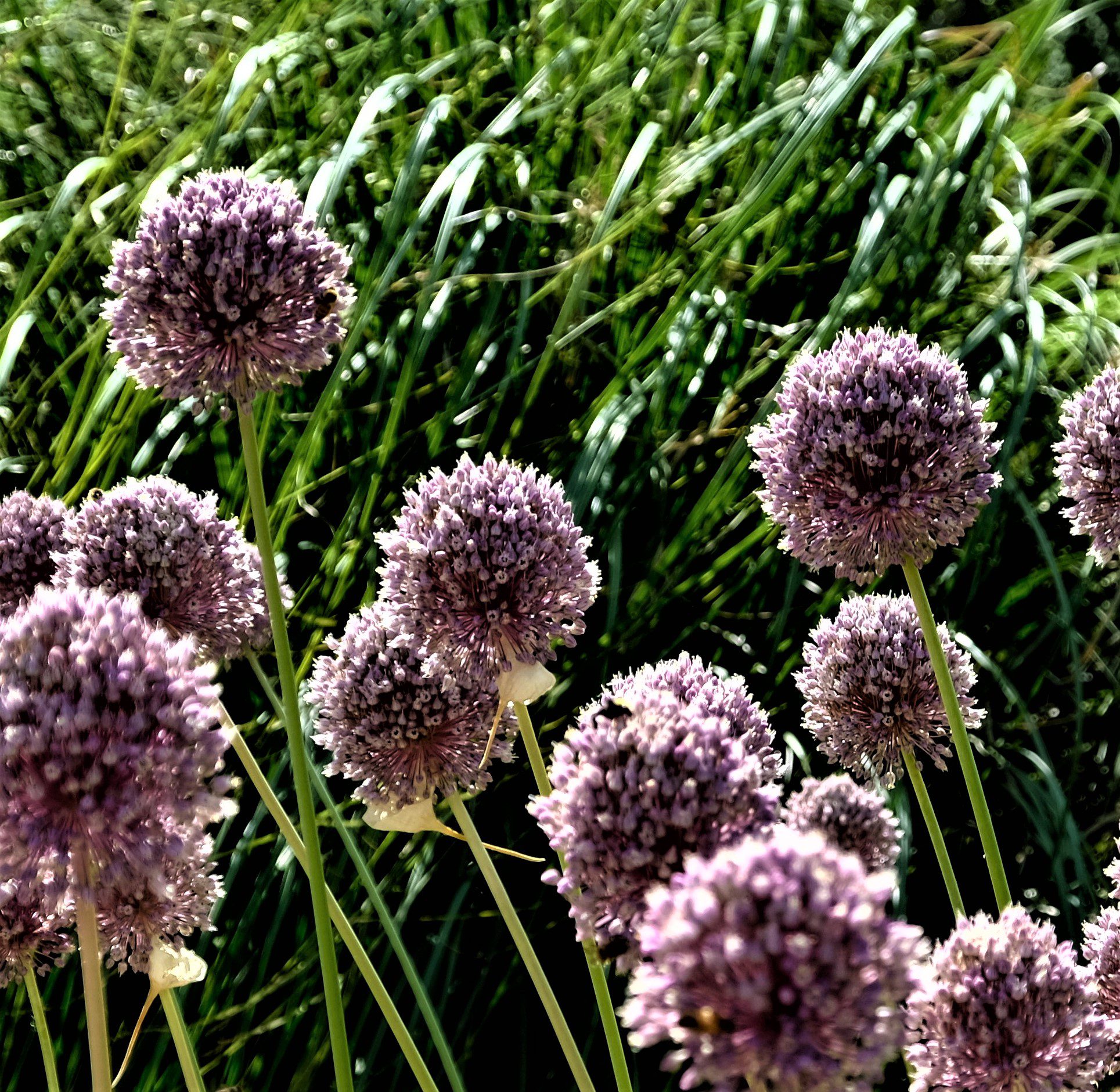May is a great month to highlight information about Melanoma because it the beginning of summer, when we tend to be out in the sun more.
The medical community is getting better about educating the public about melanoma. We strongly encourage applying sunscreen, wearing UPF 50+ clothing, hats and what time of day that is the most dangerous for your skin. These are things that help protect you. With that said, it is easy to forget to reapply sunscreen when you are participating in watersports, playing in a soccer tournament that runs all day and even when you are out hiking all day long.
When we say, “Melanoma”, many people think of a dark brown to black mole. We talk a lot about irregular borders being a concerning sign. Also, if you could fold the mole in half, it would be asymmetric- it would not be a perfect circle. Often people notice a new mole, more than one that has been there for a while. A mole or area of skin that is growing/changing rapidly should be reported.
Facts about melanoma you may not know and important to watch for:
- Melanoma can be black, dark brown, purple, red, skin tone, white or gray.
- Melanoma doesn’t always start out as a mole, it can be an area of skin that changes in appearance-never becoming a mole.
- You can get melanoma anywhere on your body, even in your eyes and fingernails/toenails.
- Melanoma can be a red or pink area that looks like a sore, not a mole. (amelanotic melanoma)
- Any ethnicity can get melanoma. Most people think of the pale skin, freckled individual but anyone can get it.
- Any age group: children, adolescents, young and old adults. Most common are lighter skin, blue eyes, freckles, red hair and blond hair.\
Some of the causes of Melanoma are:
- Over exposure to the sun, repeatedly (causes changes in skin cells DNA)
- Tanning Booth use
- Personal and Family History of Melanoma
- Living or spending lengthy periods of time at high elevations. The atmosphere is what filters out much of the UV rays that come from the sun. The higher elevations you have less atmosphere. As you go lower in elevation there is more atmosphere. Even the angle of the sun has an impact on the intensity seasonally and based on latitude.
- Weakened immune system
Preventing and recognizing melanoma early can save your life. The following are specific recommendations:
- Get full body skin checks by a dermatologist. After the initial exam they will recommend how often you personally should be rechecked.
- Wear sunscreen and reapply as needed. Wear UPF 50+, clothing when out in the sun. Hats help protect your scalp from Melanoma. Wear lip balm/chapstick with SPF to help prevent cancer on your lips. Wearing Sunglasses protect the damage that can occur from the sun.
- Avoid tanning booths and “laying out in the sun”. Not only does it help prevent skin cancer, it protects you from rapid aging.
- Get checked if you or someone else notices you have an area of skin or a mole that fits the descriptions of melanoma.
- Use your cell phone to take a picture of a suspicious area. Then take another picture of it two weeks later, and so on. This gives a realistic perspective of the change.
- Measure the area you believe might be a cancerous mole or skin change. Write the measurement down and then measure again in a month. Sooner if changing rapidly.
Sun Protective Clothing – The Skin Cancer Foundation https://www.skincancer.org/skin-cancer-prevention
Great article about how much protection our clothing doesn’t give. https://www.skincancer.org
There are many places to buy the UPF 50+ clothing but here are a couple to get you started.
https://www.skincancer.org/…/sun-protective-clothing
https://www.uvskinz.com/UVBlocking/Clothing
References:
Melanoma: Symptoms, Stages, Diagnosis, Treatment & Prevention (clevelandclinic.org)
Melanoma | UC Davis Comprehensive Cancer Center
Disclaimer: I have no affiliation with these websites and do not have any financial or other type of gain for listing them.




